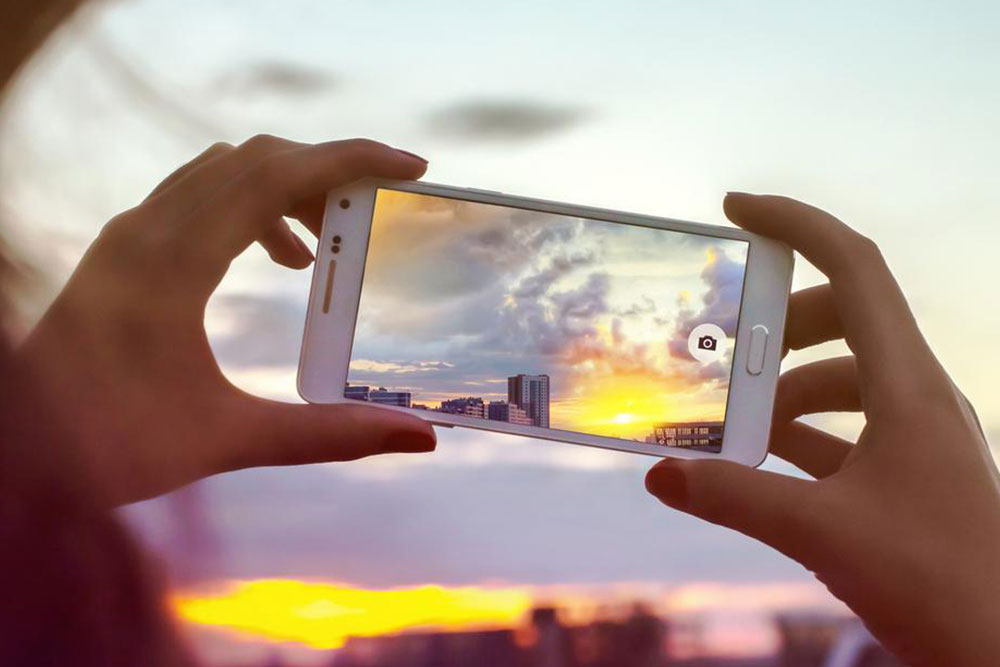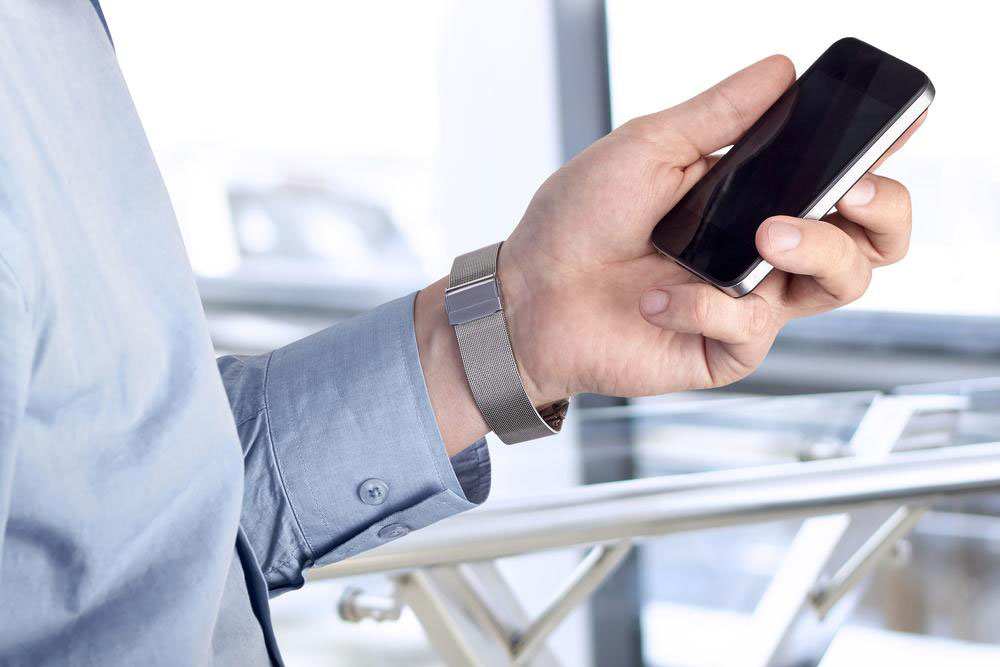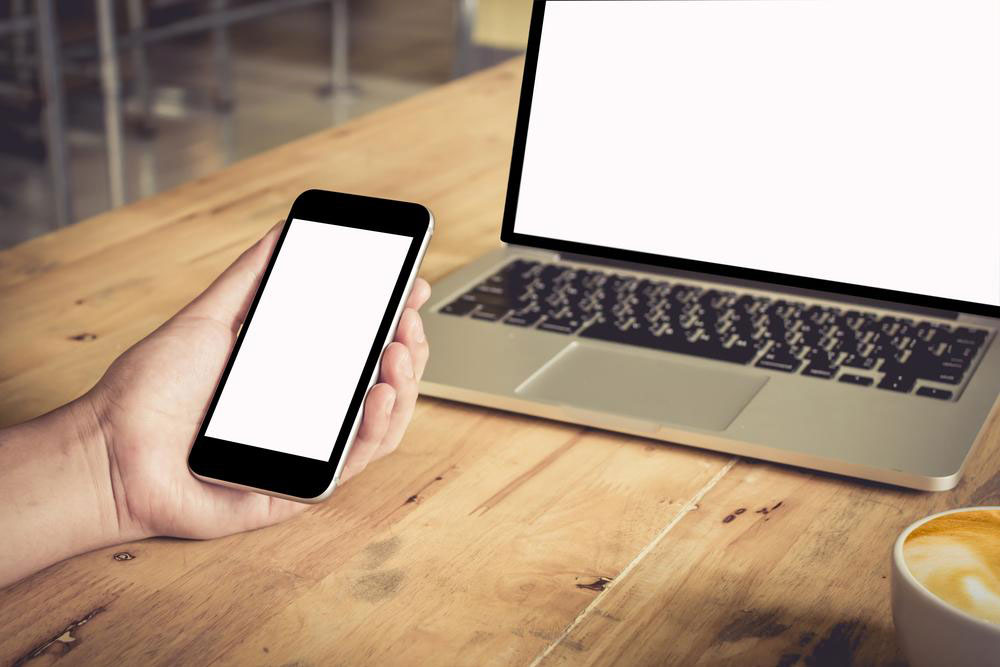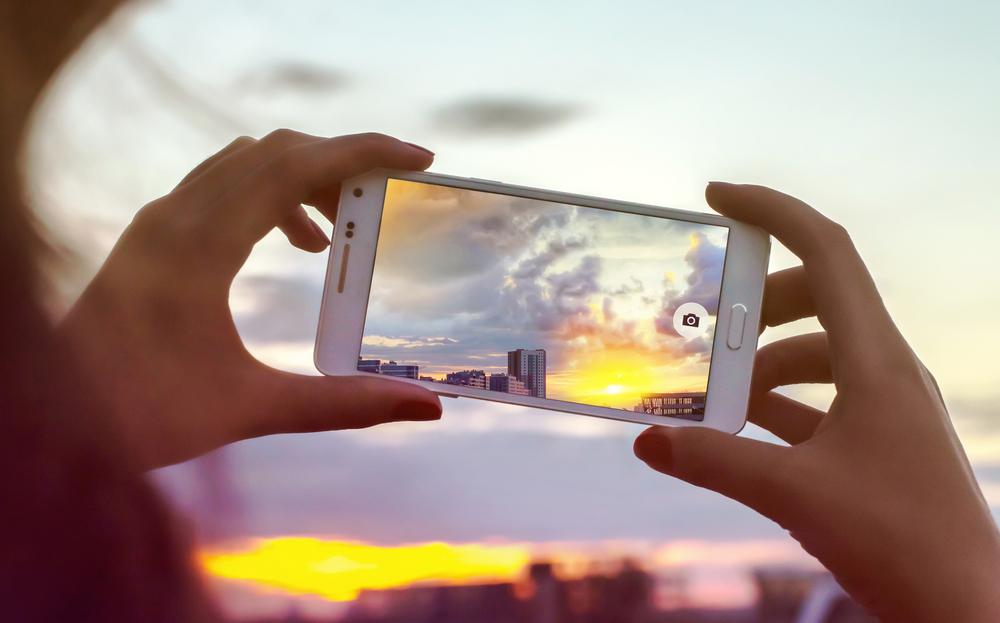In-Depth Comparison and Key Specifications of the iPhone SE and iPhone SE 2
This detailed comparison explores the primary differences between the iPhone SE and iPhone SE 2. Covering design, display, performance, camera, battery life, and software, it provides valuable insights for consumers choosing a budget-friendly yet powerful compact smartphone. Both models maintain their appeal due to their portability, capable hardware, and affordable price, making them ideal for users seeking a reliable iPhone experience without the high cost of flagship devices. Whether upgrading or purchasing for the first time, understanding these features helps make an informed decision.

Comprehensive Analysis of the iPhone SE and iPhone SE 2: Features, Specs, and Differences
Apple's release of flagship smartphones like the iPhone X revolutionized the mobile industry, drawing widespread attention to high-end, premium devices. However, this shift led to the oversight of more affordable, smaller-sized models like the iPhone SE and its successor, the iPhone SE 2. Despite their lower price points and less advanced features compared to flagship models, these compact iPhones maintain their relevance due to their impressive performance, reliable build quality, and efficient functionalities. For many users, especially those who prefer a smaller form factor or are budget-conscious, the iPhone SE and SE 2 remain appealing options. In this comprehensive comparison, we delve into the key features, design elements, camera capabilities, and performance specifications of both models. We analyze what sets them apart, their strengths, and why they continue to be popular choices in the crowded smartphone market. Whether you're considering a budget upgrade or seeking a compact device that doesn't compromise on performance, understanding these models will help you make an informed decision. Let's start by exploring their design, display, and build quality to see how they stack up.
Design, Dimensions, and Display Features
The original iPhone SE is often celebrated for packing robust performance into a compact design, which Apple coined as the most powerful 4-inch smartphone ever created. Its dimensions are precise: 123.80 mm in height, 58.60 mm in width, and a slim thickness of 7.66 mm, weighing approximately 113 grams. The lightweight and small footprint make it highly portable and convenient for one-handed use. Its 4-inch Retina display features a resolution of 640×1136 pixels, giving it a pixel density of 326 PPI, which ensures sharp and vibrant visuals despite its size. Despite its age, the build quality remains sturdy with an aluminum frame and glass back, offering durability and a premium look. The device is equipped with the necessary sensors such as proximity, accelerometer, ambient light, magnetometer, and gyroscope to support standard smartphone functionalities. In contrast, the iPhone SE 2, introduced a few years later, sports a larger 4.7-inch display. It features a resolution of 720×1136 pixels and a pixel density of approximately 290 PPI. This slightly bigger size caters to users who prefer a larger screen for better media consumption, gaming, and overall usability. The design retains a compact footprint but benefits from modern enhancements, including an improved glass front and aluminum body that aligns with contemporary styling. The dimensions are greater but still manageable for small hands, making it an attractive option for users who want a blend of portability and bigger display area. The SE 2 also features True Tone technology, which adjusts the display's color temperature based on ambient lighting for a more natural viewing experience. Both models are protected by scratch-resistant glass, elevating their durability. Now that we've examined their design and display, let's move on to their performance and hardware specifications, where differences become more pronounced.
Processing Power and Performance
The original iPhone SE is powered by Apple's A9 chip, a dual-core processor clocked at 1.84 GHz. Despite being several generations old, the A9 remains capable of handling everyday tasks with ease. It supports smooth app launches, browsing, media playback, and even some light gaming. The device comes with 2GB of RAM, which, although modest by current standards, is sufficient for most casual users. The internal storage options are typically 16GB or 32GB depending on the variant, with no microSD expansion available, meaning you need to choose carefully when purchasing. On the other hand, the iPhone SE 2 is equipped with the significantly more powerful A10 Fusion chip, a quad-core processor running at 2.34 GHz. This upgrade translates into faster processing speeds, improved graphics performance, and overall better multitasking capabilities. With 3GB of RAM, the SE 2 provides better support for modern apps and smoother user experiences. It comes with storage options ranging from 64GB to 256GB, accommodating users with higher storage needs. Both devices run iOS, with the SE originally shipping with iOS 10 and supporting updates to the latest iOS versions. The hardware differences mean the SE 2 is better suited for resource-intensive applications, gaming, and future software updates, ensuring it remains relevant for several years. Next, let's explore their camera systems, which are crucial for photo enthusiasts, and see how these smartphones perform in photography scenarios.
Camera Capabilities: Comparing Photographic Features
Both the original iPhone SE and the SE 2 feature a 12-megapixel rear camera, which is designed to capture high-quality images suitable for casual and even semi-professional photography. The rear camera supports features like digital zoom, auto flash, digital image stabilization, face detection, and touch focus, making it versatile for various shooting conditions. The main difference lies in their front-facing cameras. The original SE is equipped with a modest 1.2 MP selfie camera, which may suffice for basic selfies and video calls but falls short for high-quality self-portraits or video streaming. The iPhone SE 2 upgrades this component significantly with a 5 MP front camera, supporting features such as Retina Flash, improved auto HDR, and support for 1080p video recording. This makes the SE 2 more appealing to selfie enthusiasts and those who frequently engage in video conferencing. Both models support HDR photography and continuous shooting modes to enhance the quality of snapshots. Additionally, the SE 2 benefits from software improvements like smarter portrait mode, enhanced image processing, and better low-light performance thanks to software and hardware integration. In conclusion, while both phones deliver decent photo quality for everyday use, the SE 2's enhanced front camera and processing capabilities make it a better choice for users who prioritize mobile photography and selfies. Finally, we'll evaluate battery life, software support, and overall value to help you decide which model suits your needs best.
Battery, Software, and User Experience
The original iPhone SE boasts a battery capacity of around 1,642 mAh, which provides adequate usage time for casual users—roughly 13 hours of talk time or about 8 hours of internet usage. Its small size and efficient hardware contribute to decent battery performance, though heavy users might find themselves needing to recharge midday. The SE 2 improves on this with a larger 1,750 mAh battery, offering marginally better endurance. Under typical use, it can last longer through a full day, thanks to its more efficient processor and optimized power management. Both models support fast charging via Lightning cable, but wireless charging requires additional accessories. In terms of software, both models initially launched with iOS 10 but are compatible with the latest iOS updates, ensuring security and new features are supported. The software experience remains smooth and intuitive, characteristic of Apple devices, with regular updates improving performance, security, and functionalities. Considering overall value, the iPhone SE and SE 2 are among the most budget-friendly iPhones available today. They provide a combination of reliable hardware, modern software, and compact design for users who prefer small phones or are seeking a secondary device. In summary, the iPhone SE and SE 2, despite their differences, continue to serve as excellent options for anyone wanting a budget-friendly, compact iPhone with dependable performance. Their continued relevance in the market is a testament to Apple's thoughtful design and value-oriented approach.





